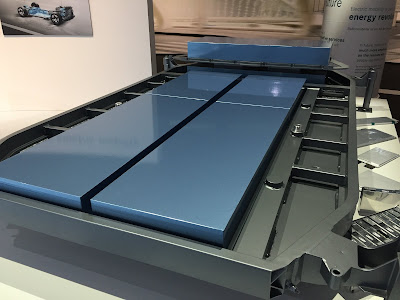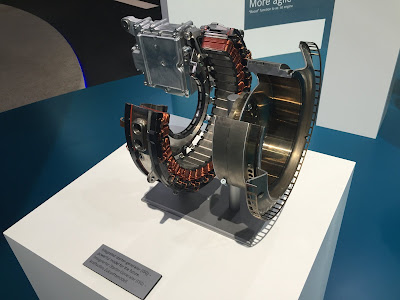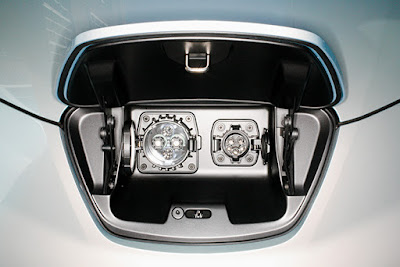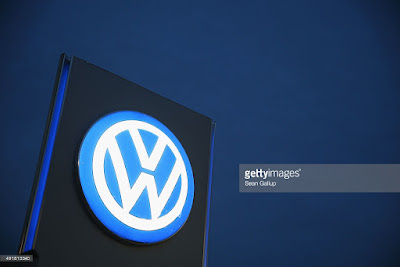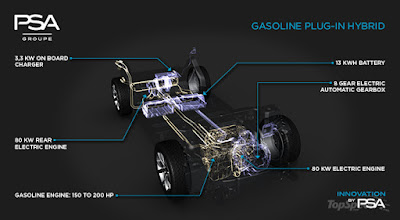One of the four Chinese backed EV start-ups in Silicon Valley, Atieva was started by former executives from Tesla and Oracle in late 2007.
As Reuters reports, Atieva is headed by Bernard Tse, an ex-Tesla Vice President and board member, as well as Peter Rawlinson, the former chief engineer of the Tesla Model S. They don't have a factory yet, but they do have a van nicknamed Edna.
With its first car still at least two years away from production, Atieva is using a Mercedes-Benz Vito commercial van to test the drivetrain: a pair of high-output electric motors, a 87 kWh lithium-ion battery pack, inverters, gearboxes and dual motor controller.
Rawlinson, who while at Tesla led engineering of the Model S sedan, said Atieva's "secret sauce" is the software tying all that hardware together to deliver a combined 900 horsepower to the 2,200 kg all-wheel-drive van. With a dual motor powertrain the company is clearly not testing full-spec torque vectoring (which requires 4x motors).
The drivetrain propels the van from zero to 60 mph in just 3.1 seconds, a fraction slower than the fastest Tesla Model S. Atieva’s 0-60 acceleration target for its 2018 sedan is 2.7 seconds.
The Atieva sedan, being developed under the code name Project Cosmos, looks like a futuristic descendent of the Audi A7. Its headlamps are ultra-thin, with thousands of insect-inspired micro lenses. Its dashboard has a three-piece reconfigurable digital display that can be controlled by voice or touch.
Atieva has raised several hundred million dollars from investors including Mitsui & Co Ltd, the Japanese trading giant, and Venrock, a Silicon Valley venture capital firm connected with the Rockefeller family that once funded Intel and Apple. Two of Atieva’s biggest shareholders are Chinese: State-owned Beijing Auto and a subsidiary of publicly traded LeEco, an internet company that has also declared it intends to offer an electric car. LeEco is controlled by Chinese tech entrepreneur Jia Yueting.






